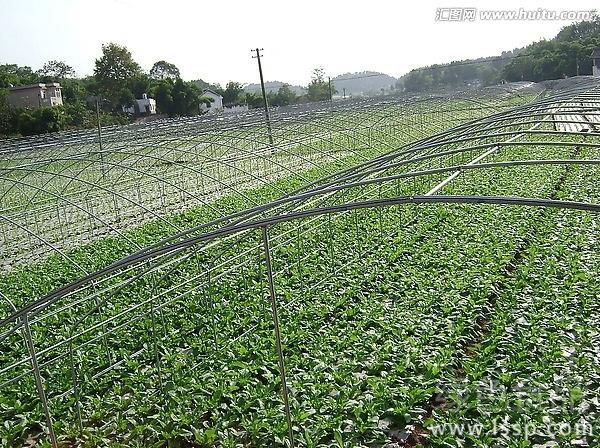How to raise succulent plants
Succulent plant has always been a kind of plant cultivated by people, and it is also a profitable project that farmers like. At present, there are many succulent breeding bases in China, which provide a powerful purchasing channel for all kinds of succulent households. So how should farmers grow these succulent plants in order to grow high-quality varieties? Next, let's learn how to raise succulent plants with the editor.

1. Root trimming
Root pruning is an important part of succulent plants, and it is also a direction that many farmers have never paid attention to. Succulent roots are extremely developed, which leads to the existence of a lot of capillary roots, farmers will think that this will be very good, can absorb more nutrients. In fact, due to the exuberant root system, its new fine roots will grow very fast, and a long time will lead to many early fine root necrosis, which will seriously hinder the nutrient absorption of the main root. Therefore, in order to better cultivate succulent plants, farmers can sort out their roots, and those with more fine roots can be cleaned up, and we will find that succulent plants grow better after root trimming.
2. Environment building
General succulent plants are relatively small, so their resistance to the environment is relatively poor, so it is extremely necessary to build a high-quality growth environment. The soil of the breeding base should be permeable and breathable, and the soil should be sterilized before planting. The light is better in the morning and afternoon, and shading is needed in the hottest hours at noon. The best temperature control is 10 ℃-30 ℃. Try not to breed outside in summer, and it is difficult to control the temperature. Fat and water should follow the principle of a small amount for many times, thinking that succulent plants are relatively small, so that they can fully absorb nutrients.
3. Pot treatment
After the succulent plants are cultivated in the nursery for a period of time, they need to be transplanted into the basin for fine management, so that they will grow better in the later stage. The size of the basin should be controlled well, and the general size is about 3-5 times the diameter of the seedlings. The height of the basin is 10-15 cm, the thickness of the soil is about 2 cm away from the edge of the basin, and the base fertilizer is not needed at the bottom. If the soil viscosity of the basin is large, you can choose to mix a certain amount of sand or stone to increase soil permeability. The distribution of potted plants in the whole base should be reasonable, so that they can enjoy longer light as much as possible.
Succulent farming takes a lot of energy, especially after farmers transplant it into a basin. It is recommended that farmers do not put the potted plants directly on the ground, but about 20 centimeters off the ground. The pot plants that are too close to the ground are less likely to feed after a long time off the ground. You can consult us for more information.
Related
- Fuxing push coffee new agricultural production and marketing class: lack of small-scale processing plants
- Jujube rice field leisure farm deep ploughing Yilan for five years to create a space for organic food and play
- Nongyu Farm-A trial of organic papaya for brave women with advanced technology
- Four points for attention in the prevention and control of diseases and insect pests of edible fungi
- How to add nutrient solution to Edible Fungi
- Is there any good way to control edible fungus mites?
- Open Inoculation Technology of Edible Fungi
- Is there any clever way to use fertilizer for edible fungus in winter?
- What agents are used to kill the pathogens of edible fungi in the mushroom shed?
- Rapid drying of Edible Fungi



